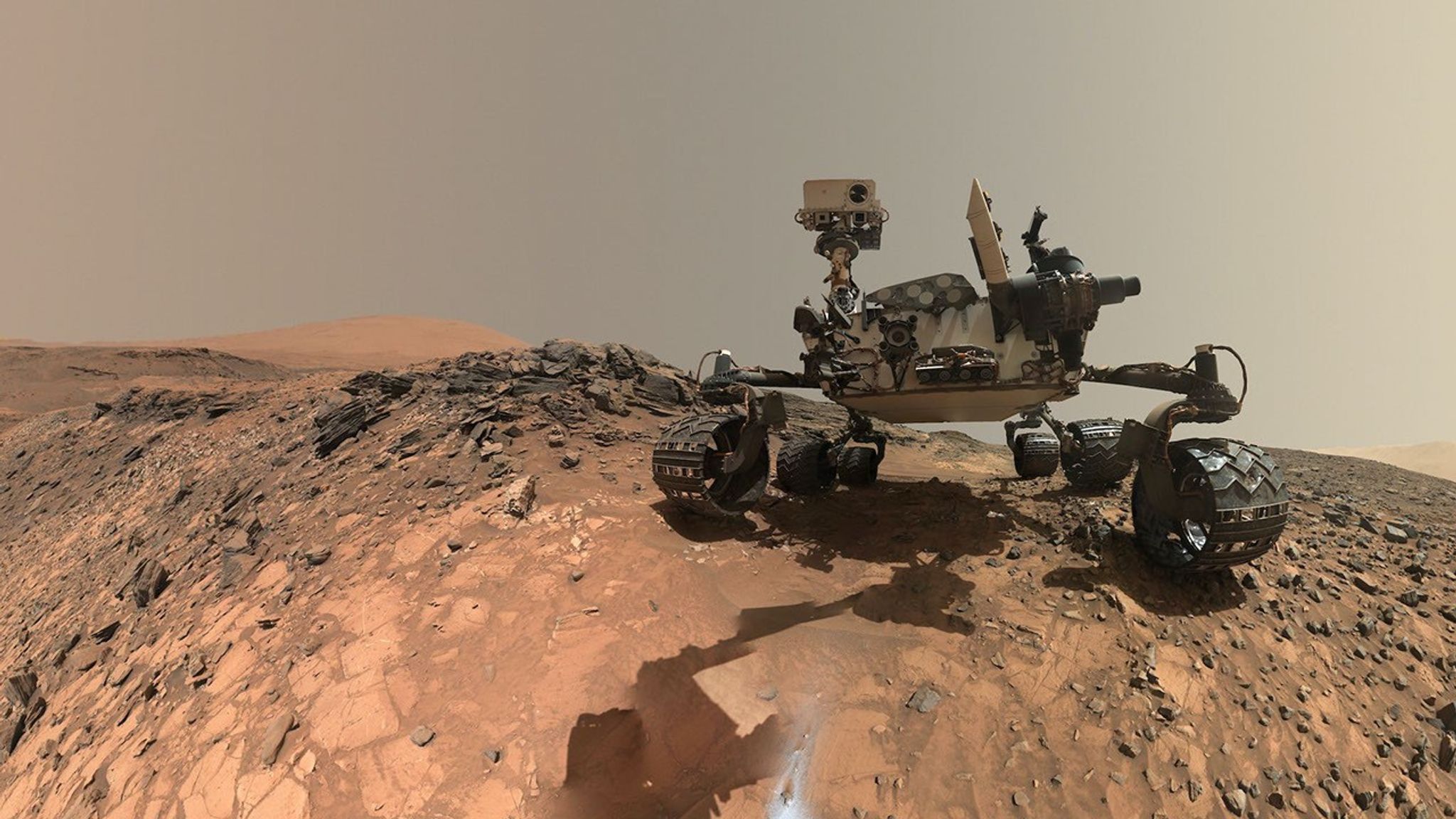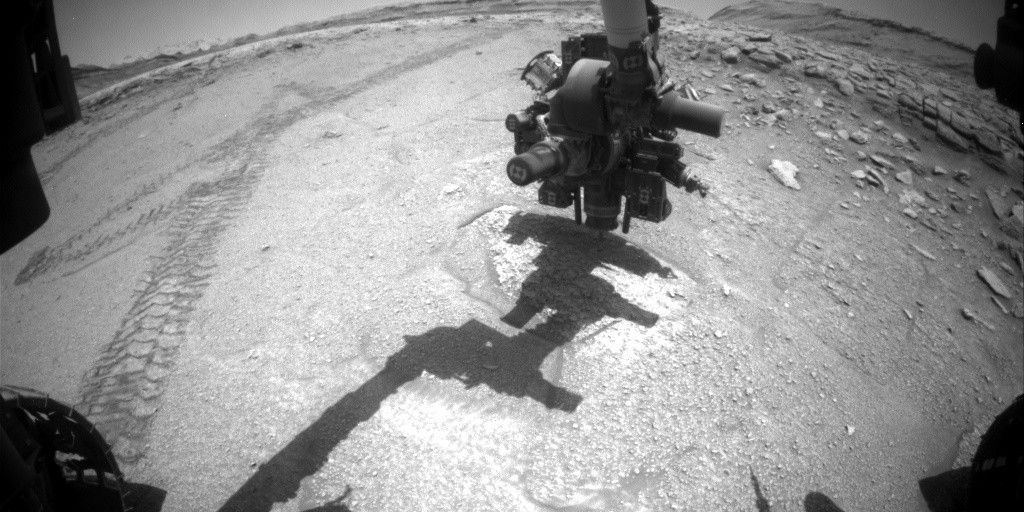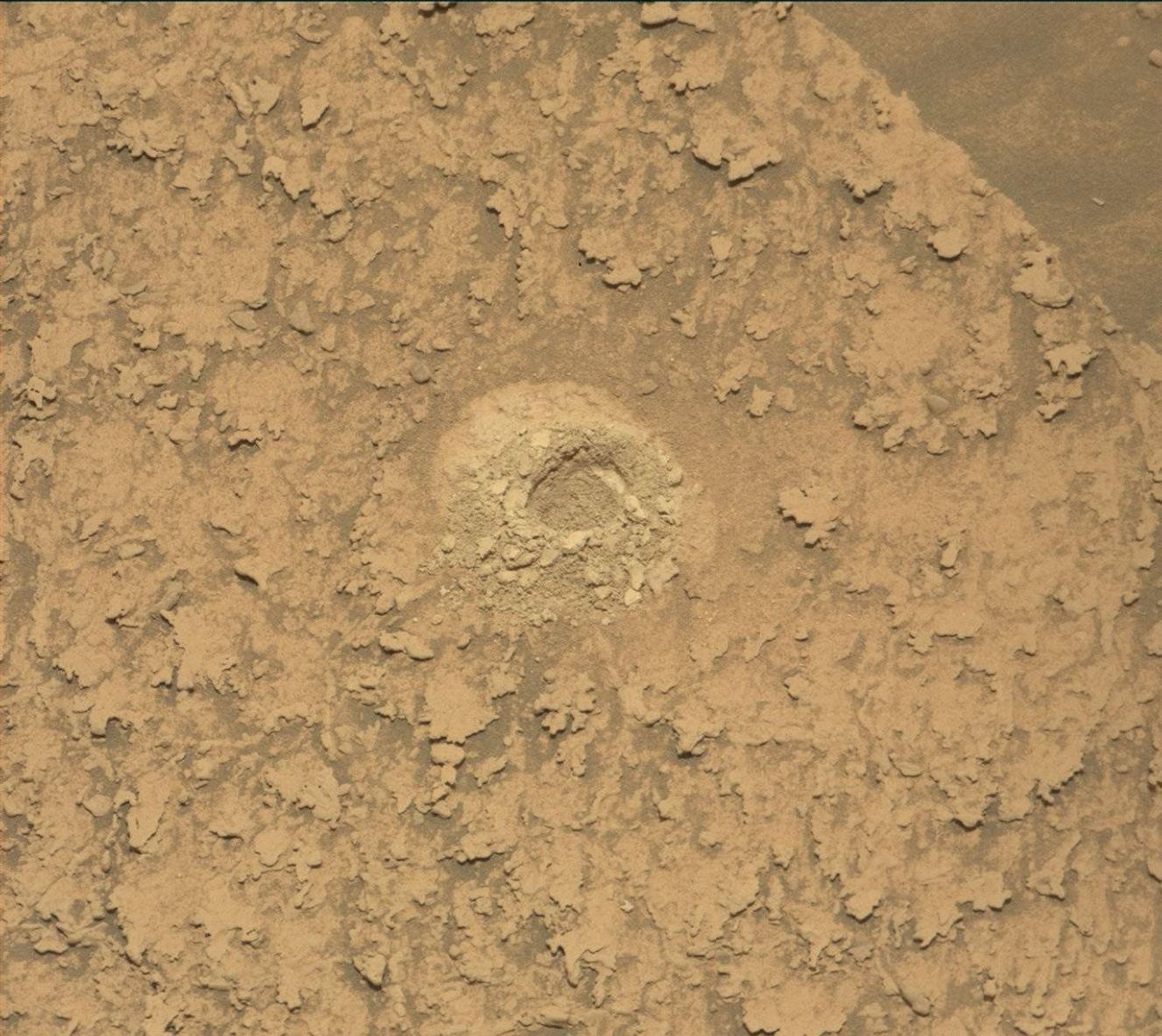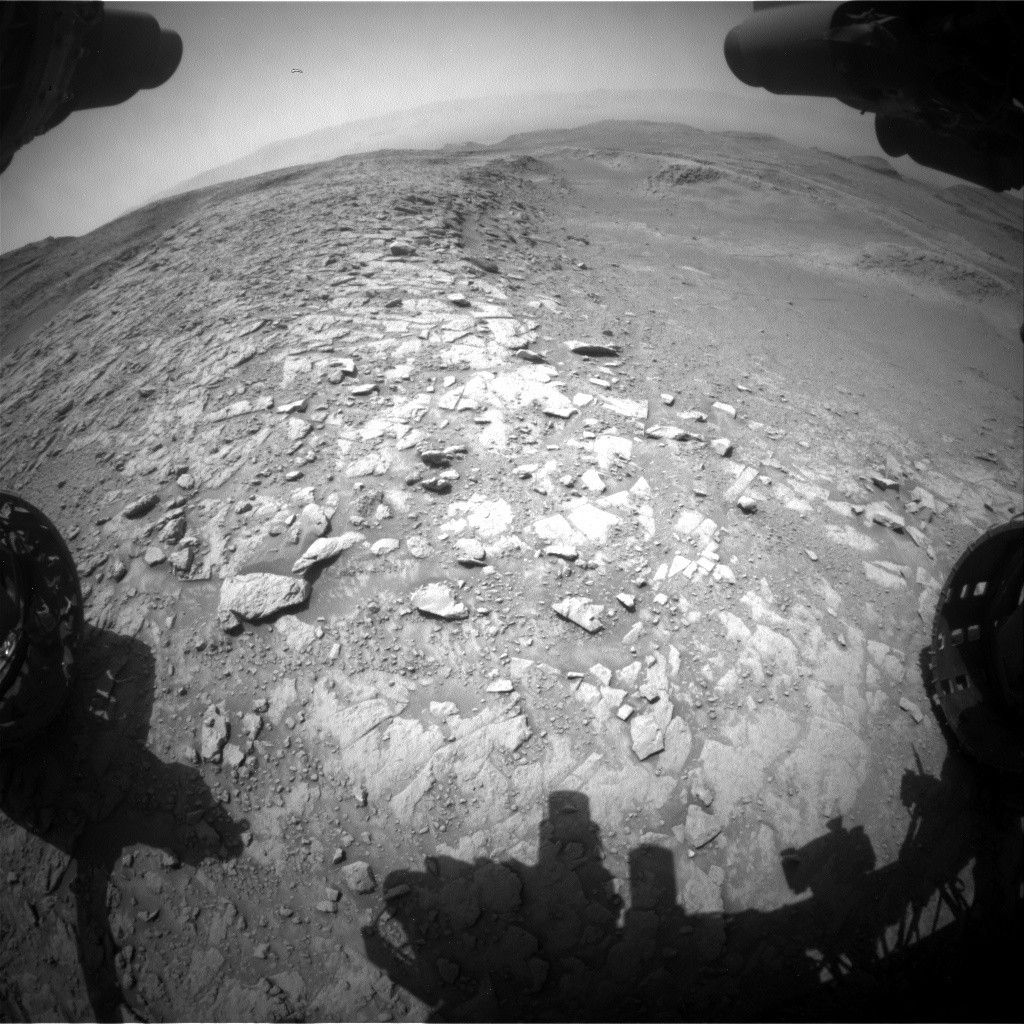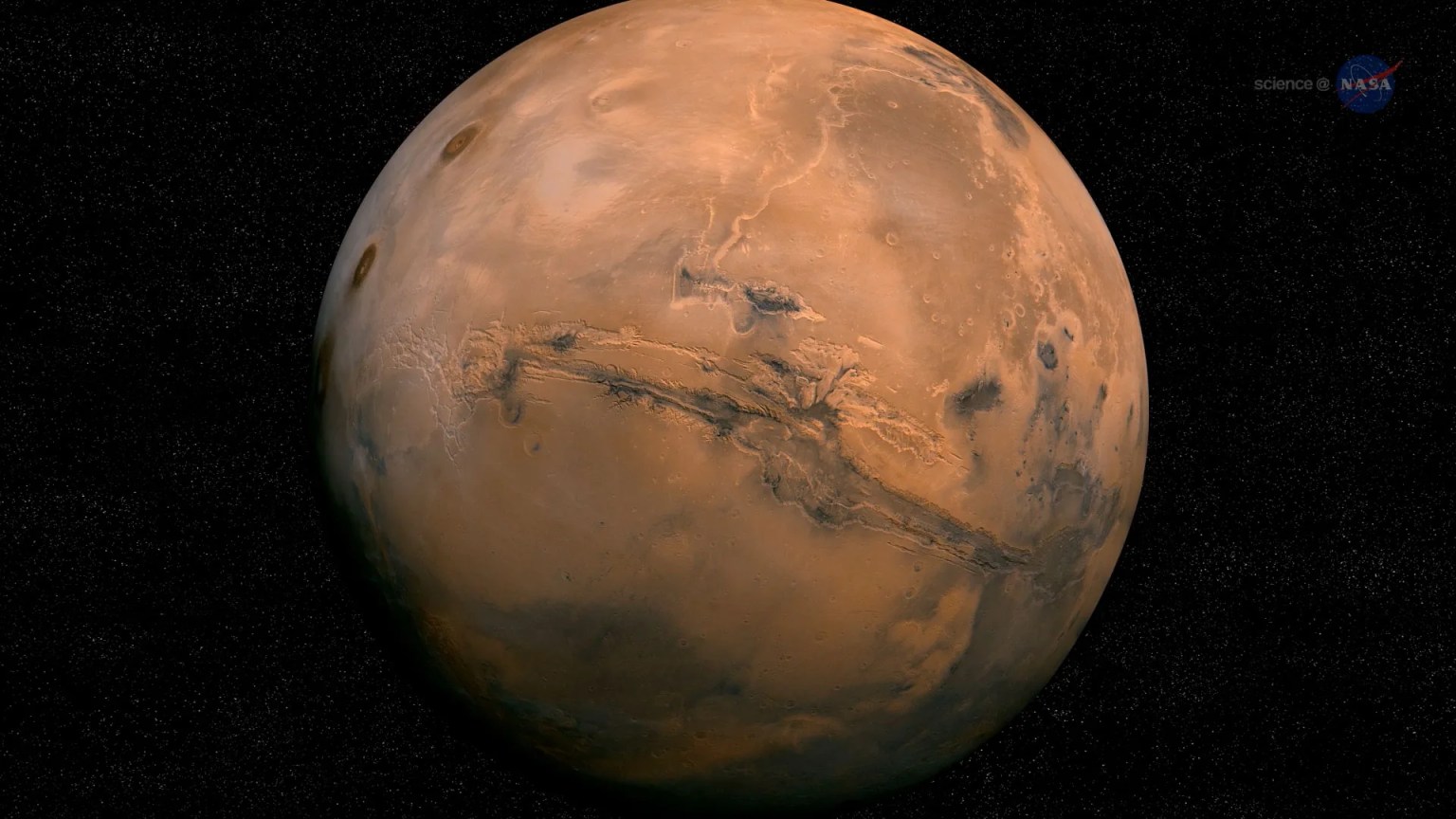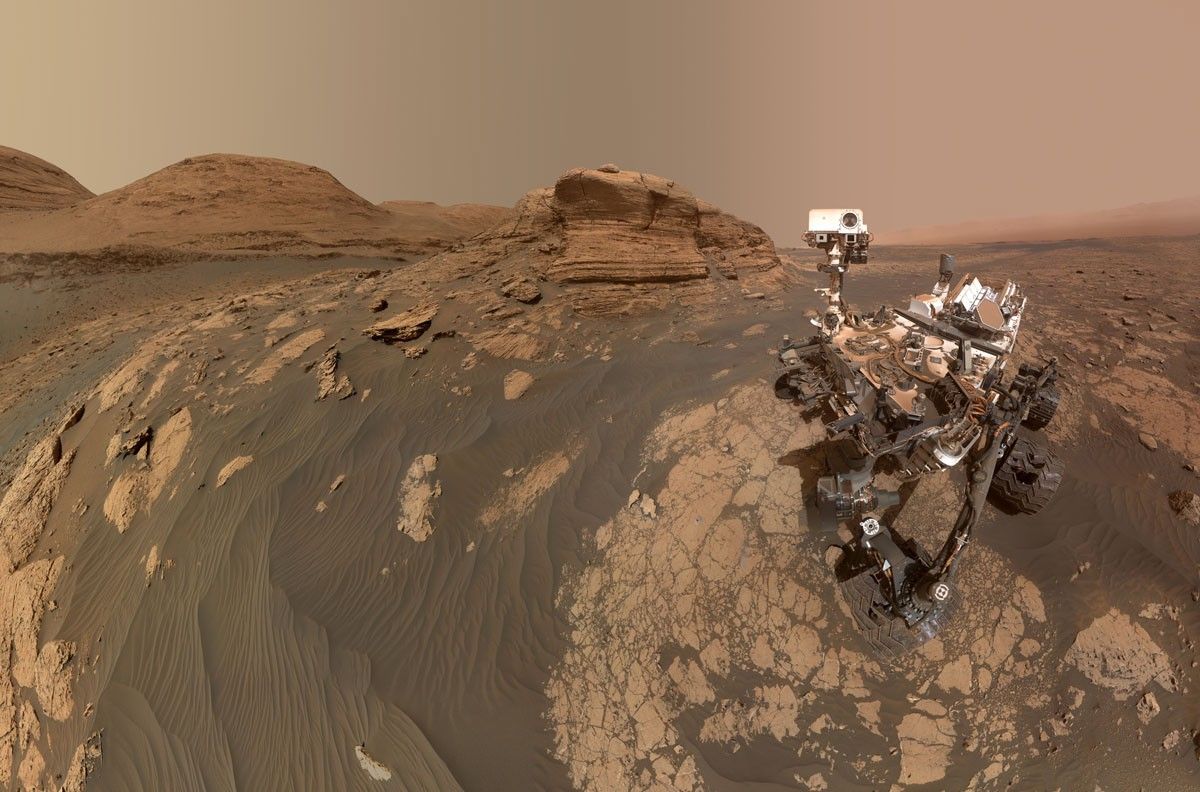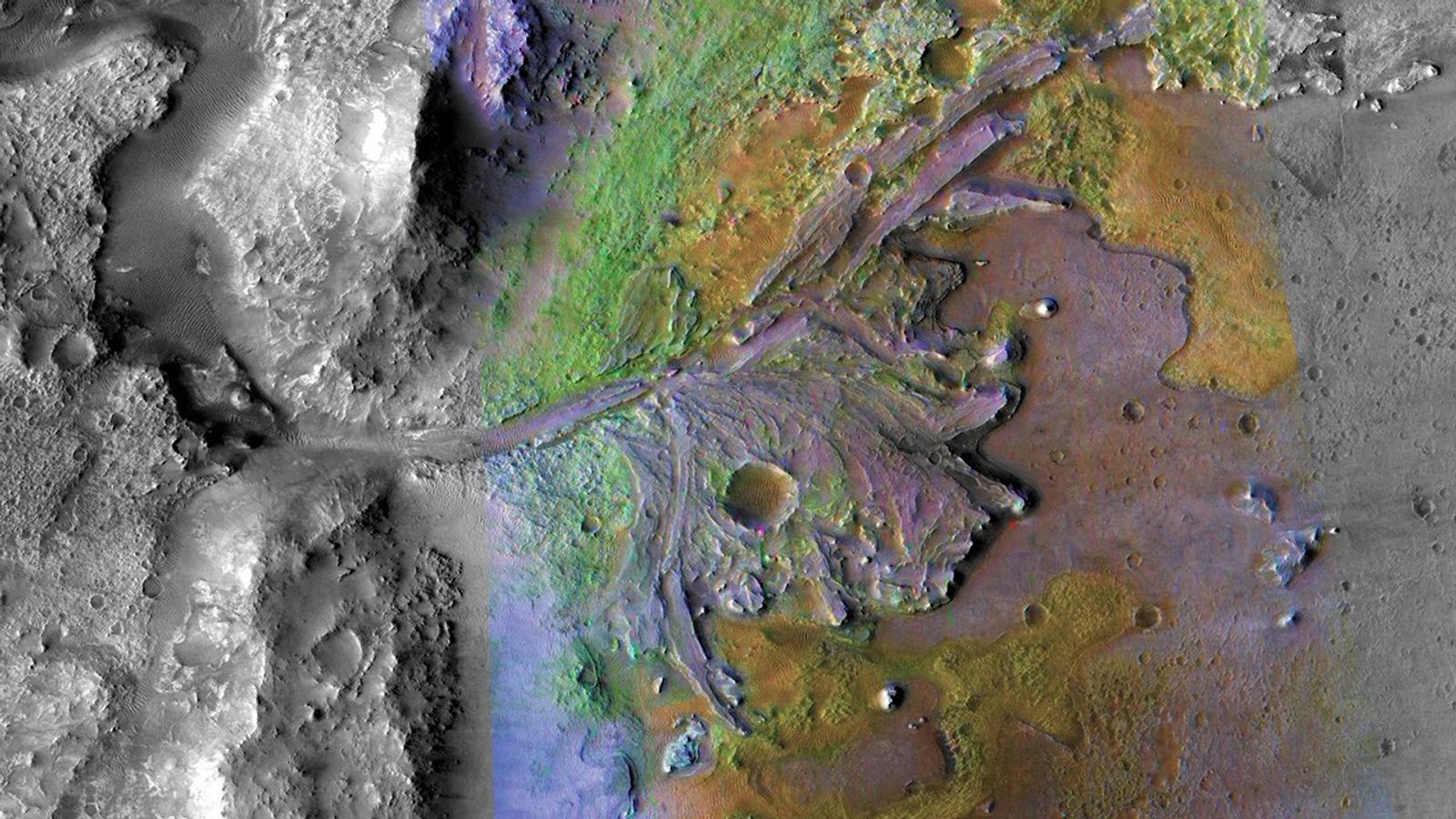Curiosity Blog, Sols 4689-4694: Drill in the Boxwork Unit is GO!
- The Curiosity rover has successfully acquired its next drill target at the “Valle de la Luna” block in the “Monte Grande” hollow, a location it targeted for drilling on October 18-19, 2025.
- The rover has been investigating the “boxwork unit” for several months and has driven just under a kilometer across the structure, with the goal of acquiring a drill target within one of the hollows or adjacent ridges.
- The team conducted a “Target Acquisition Assessment Meeting” (TAAM) to assess the chemistry and geology of the target area, which showed promising results, including a smooth surface in the center of the brushed area and a reaction well to pre-load testing.
- If successful, the drill will provide extra depth of information on mineralogy and composition using instruments like CheMin (Chemistry Mineralogy) and SAM (Sample Analysis at Mars), helping to better understand the formation of these boxworks.
- The rover will then continue to monitor the atmosphere and environment around it, with ongoing activities including imaging and characterization of nearby bedrock and distant hills.
3 min read
Curiosity Blog, Sols 4689-4694: Drill in the Boxwork Unit is GO!

Written by Catherine O’Connell-Cooper, APXS Payload Uplink/Downlink Lead, University of New Brunswick
Earth planning date: Friday, Oct. 17, 2025
Curiosity has been investigating the “boxwork unit” for several months now. Readers might remember we drilled at the edge of the boxwork at “Altadena,” back in June. Since then, we have driven just under a kilometer across the boxwork unit (about 0.6 miles) and now we are ready to acquire the next drill target, in an area where the structure is really well preserved.
The boxwork structures are a series of ridges and hollows, so our plan is to drill within one of the hollows and then on one of the adjacent ridges. On Monday, we did our drill triage on “Valle de la Luna” within the hollow “Monte Grande” – a multi-instrument endeavor. We assessed the chemistry using APXS and ChemCam, to make sure it is within the expected range and not something completely different from the bedrock compositions we have been tracking. The rover planners (RPs) use a “pre-load” test, putting pressure on the bedrock surface to characterize how the rover arm and rock might behave during drilling. We take multiple images (including images before and after the pre-load test), using MAHLI and Mastcam to help the RPs assess the surface of the potential drill area.
Finding a suitable place to drill in the hollows was a challenge, as the low point of each hollow (what we are most interested in) is often covered in sand or small pebbles, with just sparse bedrock peeking through, as you can see in the accompanying image. However, we got lucky here in Monte Grande. The chemistry shows that this rock is within our expected compositional range. The MAHLI images show a smoother surface in the center of the brushed area (where the drill will focus), and the before-and-after images indicated that the rock reacted well to the pre-load test. On Friday, the RPs and mission scientists pored over the data in a very intensive meeting called the “Target Acquisition Assessment Meeting,” or TAAM. We have drilled 43 holes on Mars now and it’s always nerve-wracking, waiting to see if the information we gathered during our initial contact science and preload give us a go-ahead. About midway through the planning day, we got the news that TAAM said yes to drilling here, so we will drill on the first sol of this weekend plan.
If the drill is successful, we will have no contact science for at least a week, as the arm cannot be deployed during a drill campaign. Normally, as I’m APXS PUDL (responsible for uplinking new APXS targets and assessing downlink of previous targets), the idea of a week with no contact science would be disappointing to me — but not during a drill campaign! CheMin (Chemistry Mineralogy) and SAM (Sample Analysis at Mars) will use the drilled sample to give us extra depth of information, looking at mineralogy and composition in a way that is not possible for APXS and ChemCam.
We can then use that drill data to help us interpret the APXS and ChemCam data and better understand the formation of these boxworks, especially if we can pair it with a suitable target on the ridges.
In the meantime of course, we continue to monitor the atmosphere and environment around us. The Mastcam team are planning some amazing images from this site and ChemCam will continue to characterize the nearby bedrock and image the far-off hills.
